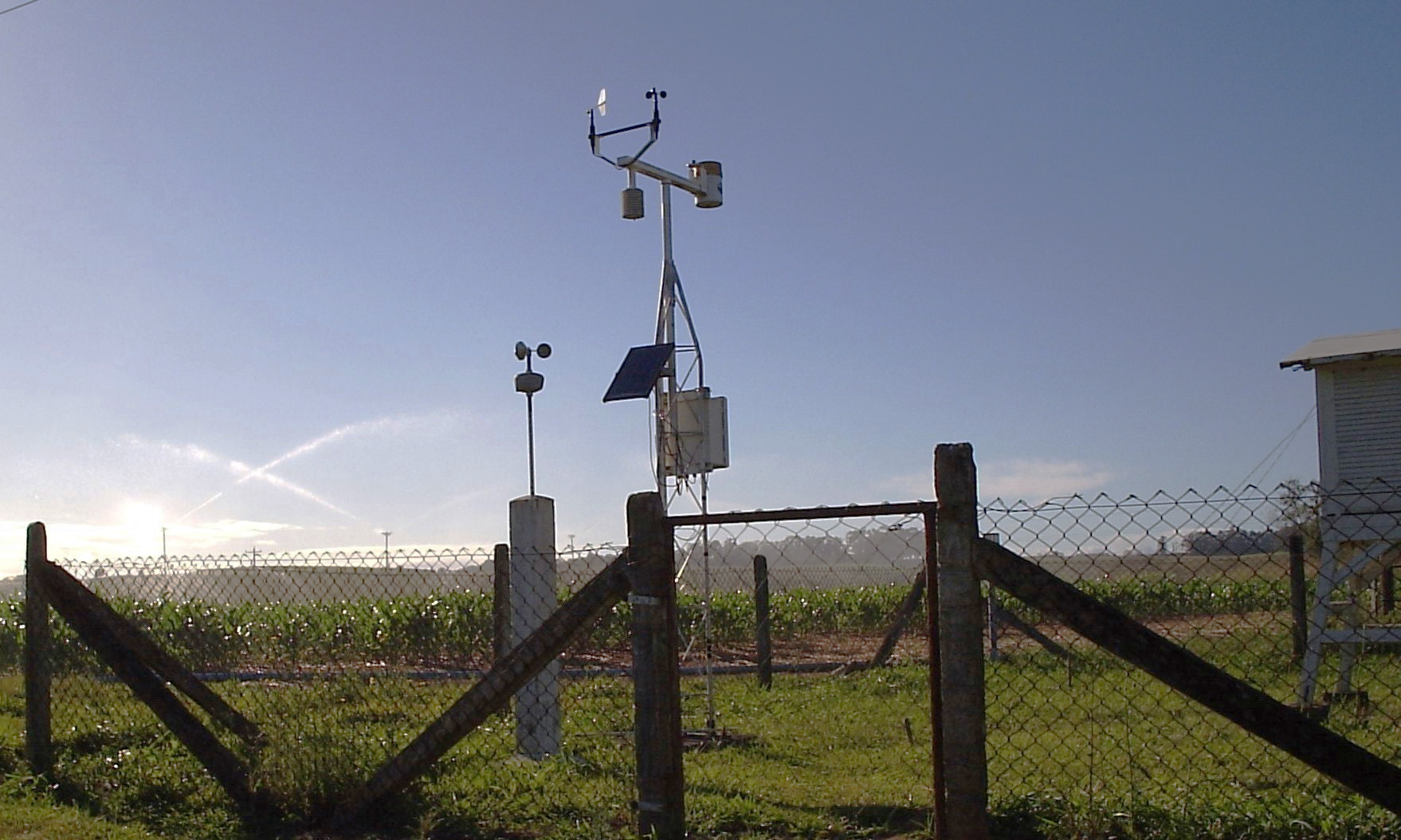“The assertiveness of the models is currently very good and makes it possible to anticipate the yields of crops and sugarcane fields in great advance.”

Fábio Marin, president of the Brazilian Society of Agrometeorology – SBAGRO
Fábio Marin is a professor of agrometeorology and agricultural modeling at Escola Superior de Agricultura Luiz de Queiroz and president of the Brazilian Society of Agrometeorology – SBAGRO.
Marin worked as national coordinator of Agricultural Climate Risk Zoning (ZARC) and of the forecast system of soybean, maize and coffee crop yield at Embrapa.
AgriBrasilis – How is the sugarcane agrometeorological monitoring carried out?
Fábio Marin – Agrometeorological monitoring is carried out through data from meteorological stations and satellites, which collect information on meteorological variables (temperature, air humidity, wind, solar radiation and rain, mainly).
Once collected, data are processed in plant growth models, which are highly sophisticated computer programs, capable of predicting the performance of an agricultural crop from the meteorological data, and allows the farmers to make decisions in advance about what will affect the crop’s productivity even before harvest, in addition to management actions such as the control of diseases that are favored by the climate.
The assertiveness of the models is currently very good and makes it possible to anticipate the yields of crops and sugarcane fields in great advance.
AgriBrasilis – What are the impacts of the climate in the last harvests? What to expect for the next crop?
Fábio Marin – We had two very complicated harvests (2020 and 2021) and a recovery one (2022) in which weather conditions were below the historical average. In 2022, however, there was a recovery of approximately 7% in productivity compared to 2021, even though this cannot be considered a season with a climate pattern that is totally adequate for the sugarcane crop.

Climate monitoring station. Source: Brazilian Society of Agrometeorology
AgriBrasilis – What is the TempoCampo system? How is the Climate Productivity Coefficient calculated?
Fábio Marin – The TempoCampo system is a university extension project from ESALQ/USP that attends to sugarcane, corn and soybean farmers throughout Brazil, explaining in detail how the climate impacts crops and what measures can be taken to minimize the losses and maximize productive gains.
The climate productivity coefficient (CPC) is a numerical indicator that informs about the influence of climate on the crop under analysis; with it we no longer say that the weather was good or bad, but we inform how many percentage points we gained or lost in productivity. With CPC, a revolution has been taking place in the management of agricultural properties: the climate can no longer be used as a justification in cases of drops in productivity and the agricultural technologies used in the field also need to prove efficient, regardless of weather conditions.
AgriBrasilis – Brazil does not have enough weather stations to meet the demand. What are the consequences? What should be done to solve this problem?
Fábio Marin – The public network of stations is still small and farmers have sought to solve this limitation by hiring companies that offer low-cost stations to install on properties. This greatly improved monitoring conditions in Brazil, especially in the Central-West region, the main producing region in Brazil and which still has a very limited public network of stations.

